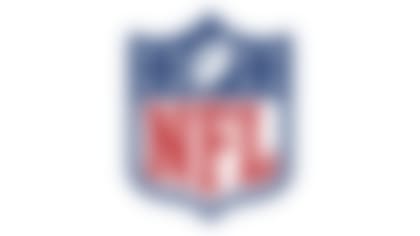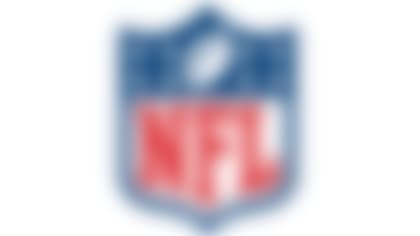Editor's note: This article was written by GE CEO Jeffrey R. Immelt and NFL Commissioner Roger Goodell.
This is the time of the year when the eyes of fans and media are trained squarely on the best two teams in football.
As big as the Super Bowl is, however, it's one game among thousands of football games that are played in organized leagues each year -- and one among millions of recreational football games played for sheer fun in every community in the United States. And in the broader scope, football is just one of an array of physical sports played by kids and adults. Regardless of age, gender or ability, there are great benefits to sports that challenge us physically -- football, soccer, hockey, lacrosse, basketball among them -- and require speed and finesse, balance and strength.
We both played organized football growing up. And while neither of us rose to the level of a professional athlete, what we learned through playing team sports was fundamental to who we are today. Sports humanize, teach the value of teamwork and improve bodies and minds.
As is true of any benefit, however, team sports come with an element of risk. We strongly believe that the benefits far outweigh the risks, but parents and athletes are rightly concerned about the potential for injury.
Those concerns include the risk of concussion, which is difficult to diagnose, treat and prevent. That's in large part because there continue to be great holes in the scientific and medical understanding of the brain.
Today, we are making a tangible commitment toward accelerating progress in our knowledge of the brain -- how it works, how it can be better protected and how we can help it to recover from injury.
A little over a year ago, we began discussing how we could bring the power and resources of our collective organizations to change that equation. Last year, together with Under Armour, we announced a Head Health Initiative -- a $60 million partnership aimed at jump-starting new research and technology into the brain. And this morning we are making our first grant awards.
Among the winning proposals are:
»A blood test to rapidly identify and measure mild traumatic brain injury;
»A brain imaging technique to identify connections broken in the brain after a traumatic brain injury
»An electroencephalography (EEG) that may serve as an on-field imaging test
These ideas are designed to help doctors identify brain injury and improve their ability to manage recovery. Small intrusions like pinpricks of blood or a brief sideline exam of brain waves would convey who is injured and who is recovered.
Technology helps us communicate better, be more mobile and live better lives. But it has not yet been as effective as it could be in the diagnosis or treatment of concussions. Even though almost all of us will engage in sports at some point in our lives, the culture of tech entrepreneurialism has not been fully harnessed to better protect kids and adults playing sports.
This initiative -- an open call for proposals to find and fund startup, breakthrough technologies -- is designed to change that equation.
We looked for two qualities in making these awards:
First, we want solutions that can be broadly applied. We want to understand how injuries impact connections in the brain and how to cure them, regardless of where they occur. Beyond sports, the discoveries from this program will help doctors, parents and patients better address brain injuries across the general population.
Second, we are committed to making real impact in the short term. The grant winners were chosen, in part, on their ability to create life-changing tools, treatments and devices that can play out in real time. Research, fact-based analysis and disciplined peer review are important, but so are results that can be put into action to help today's athletes at all levels.
We still love a good pickup game, though we have to admit that our best playing days are probably behind us. But as parents, sports fans and stewards of the games we love, we have a sense of urgency to bring the best minds to the table to address this great challenge.
Investing in technology and research is the most direct path to the results we all want: improved diagnosis, treatment and protection for brain injuries. Our aim in rewarding innovation is to reduce risk in sports -- not just for elite athletes on the biggest stage next Sunday, but for all of us.











